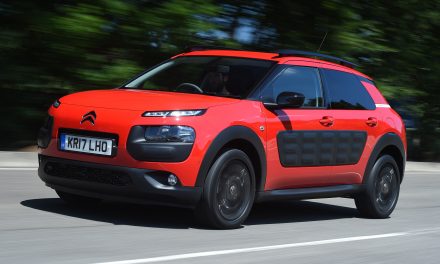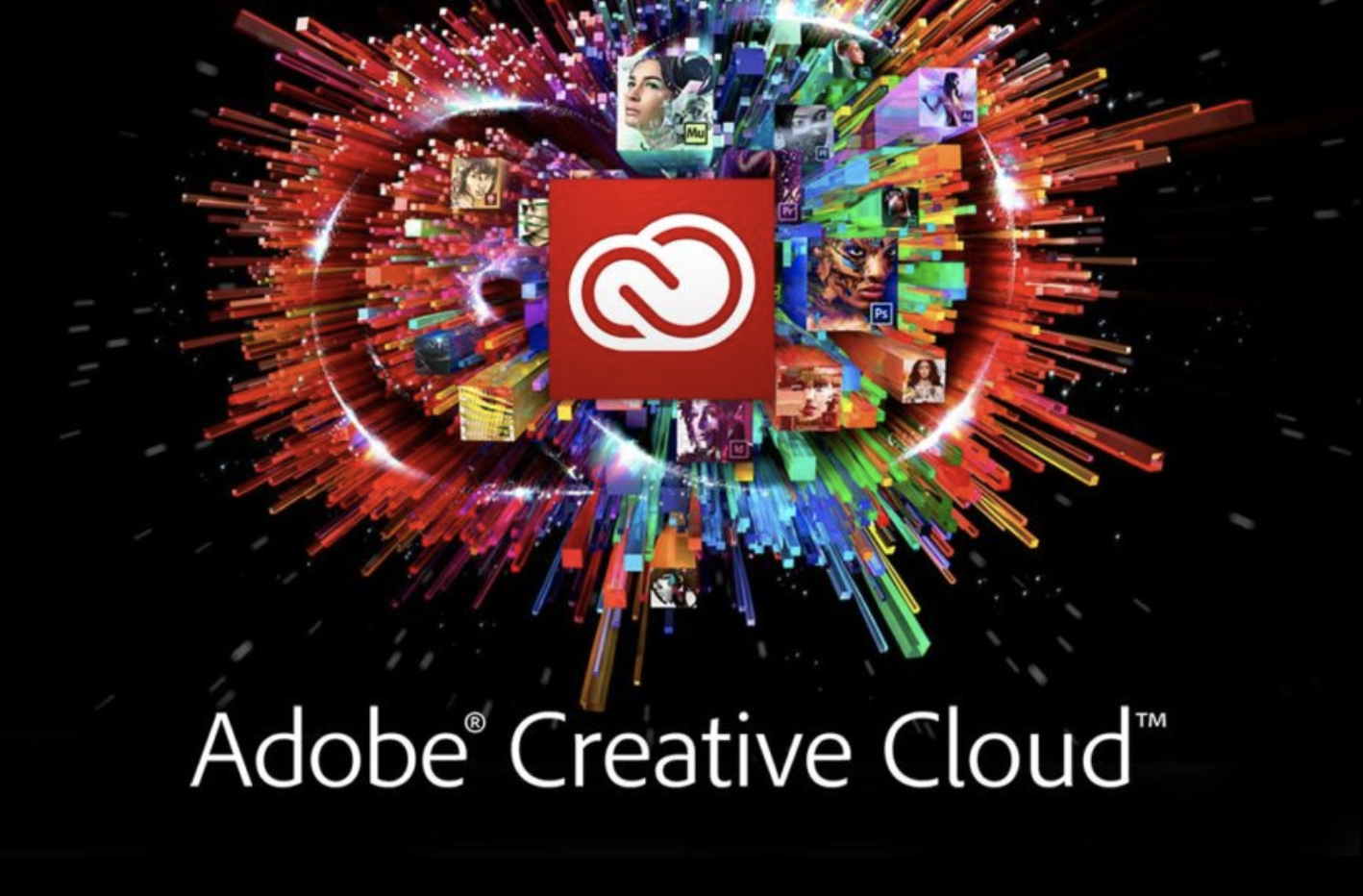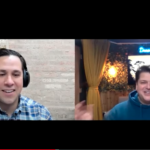Opinion – Lee Manning
Lee is the Co-Founder of Armchair Marketing & The Armchair Show (an automotive YouTube podcast).
Lee works as a senior advisor to multiple classifieds, OEM brands & auto-related PE funds (eBay, Motors.co.uk, AutoTrader, Exchange & Mart, PSA Groupe, et al). He is also one of the highest awarded individuals for digital marketing in automotive and led the in house team at National New & Used car retailer Perrys (14 Brands) until 2016. He has given multiple Keynote Presentations for the automotive industry & Google in the UK & Europe.
—–
I recently read an article by Steve Young of the ICDP titled “Have the disruptors been disrupted?”. It caught my attention, because i’ve been fortunate enough to get paid for a living to watch it all develop (or not, depending on your view point).
“The biggest losers may be the existing players who have not moved with their peers and the disruptors to improve processes and the customer experience. They may blame the disruptors, but the reality will be that they did not keep up with their peer group”, Steve Said.
He’s certainly right, but it’s a rough deal for an industry that’s got to choose from hundreds (if not thousands) of digital service providers trying to pitch ‘the next technological change’.
I think on top of Steve’s very wise comments and long-term network guidance, there’s also a very good opportunity to collaborate together as an industry, as we so often have – so I’m sharing some insights from my research in this area, in the hope that it might just ‘nudge’ the industry to think slightly differently.
Not all change is good – sometimes the way it is, is the best way.
It’s pretty easy to win customers when you have over a billion dollars in advertising spend – much harder to make that balance into a business model that supports the customer ownership experience long into the future.
The investment in Cazoo, Cazam & co has a purpose.
By my calculations, it’s roughly £3.6B so far. It’s a lot of money and there’s more on the way.
During Covid, Wall Street identified that the European automotive industry was one of the worst to respond digitally.
At this point, most people who don’t work within our industry (and don’t understand it’s complex nature) say “A bunch of car dealers, that’s why it was slow to respond” – but Wall Street went one step further.
Analysts discovered the following reasons for the slow pace of change:
- The UK / Euro Auto Industry is one of the most fragmented for digital service providers & has significant network challenges.
- The number of digital providers mean that skills & technologies aren’t being merged to create super powers / innovation. There’s no digital giants.
- Low digital people skill sets in network-related business (difficulty understanding, interpreting and navigating change).
- Weak industry SEO* makes it easy for newcomers to gain traction.
*outside of classifieds
Where there’s a weakness – there’s a way. So Wall Street directly invested in European industry specific digital disruptors & mergers to capitalise.
In simple terms, the game now is to acquire and amalgamate many of the revenue generating small-medium digital service providers / technologies, take market share and establish ‘a better way’ for car retailing (and probably raise prices).
Without the weakness, they wouldn’t have gotten in. No one would be interested – it’s already a super saturated market to say the least.
So that’s happening – no stopping that train and the digital piece will shape the change.
The biggest weakness remains in your ability to win customers on the digital journey.
The digital people skills bit is the biggest worry from my point of view. It’s the one that creates the longer-term threat.
My research shows that there’s still time to suppress the challenge – but only in numbers and only if retailers and OEMs collaborate to understand how Google search works to a much deeper level.
Marketplaces have been super helpful when it comes to keeping the market share, but now they are competing for that custom with the disrupters.
I firmly believe that the only way to protect your ‘pitches’ is to join together – upskill everyone together, with enough room to remain competitive. We’ve done this together with brilliant industry conferences and workshops to good effect, but I firmly believe that we can do more to equally ‘disrupt’ how easy it has been for these providers to take the search and content landscape.
For too long, many of the providers who sell you leads, actually invest in taking them from you in Google search, with highly specific, geographically worded pages… about you.
When this happens, the competition pool remains low, and that’s good for them – and also for a disrupter looking to gain traction.
You see, the automotive ‘market’ appears saturated, but it’s main source of customers is acquired DIGITALLY, and that part has super-low competition. That’s why it’s good for disrupters – remember Carwow… (bravo, James Hind).
Then there is another part to the puzzle.
Sometimes research is a little bit like art. People see what they want to see.
Google say that there are 138 google searches on the average car buying purchase journey (probably more since Covid). They also say that 70% of searches are long tail (more that 3 words) – many are questions.
Some say; buyers ‘are hungry for information – that’s why’… well, I’ve always had a different view.
I personally think that the car buying journey is not as complex as so; that it requires a 138 page user discovery session.
“We can’t solve problems by using the same kind of thinking we used when we created them.” – Albert Einstein”
The network’s influence and structure isn’t helping content strategies to become specific, it’s encouraging partnerships who write for scale (and often duplication).
Much of the content service provided is cheap, but it’s duplicated (Google penalises this – people don’t seem to realise this). The content rarely explains the specificity of the product, and in human terms to boot.
So customers have to ‘hunt’ for better content. They mainly get this content from, you guessed it… the providers who sell you leads. Their investment in digital & skills is exceptional.
Poor quality content brewed this storm.
You need the market share to be a disruptor. Content creation volumes from the networks are simply not high enough, and they aren’t specific and relevant enough to the many true concerns of the car buyer.
So if customers are working so hard to find the right content, then the effort should be to ensure that the phrases people search for, are the phrases and subjects covered within your website.
“Sell my car” comes with hundreds of related questions, and in many cases, geographic reference is key – yet, it’s rare I see this specificity in a dealer website (I look at a lot). It’s usually a page, with a contact form or minimal words.
Cut down the customers’ need to ‘hunt’ for the answers. Deals are only one part of the pie.
Like seriously. It’s common sense – but requires great skill, knowledge and insight. It’s not SEO. It’s getting your website to match what people want to know and to help them answer the questions they have so they can get on and buy this vehicle or service.
Consideration is 97% of the available buyers, Intent / purchase is just 3%.
The biggest defense will be to fight back and take as much of the content landscape as possible to make it much harder for people to position pages that tempt your valuable buyers away.
This approach requires new thinking from the networks.
If we collaborate, we can do more to push back – and customers will benefit too.
Customers will benefit from your operational stability and understanding of what’s required to keep customers satisfied. You are best placed to give them a great experience.
Your retailing history is your strength – but you are under digital attack and your people are up against some of the most savvy digital customer acquisition specialists in the country.
You owe it to anyone who’s involved in digital to upskill them and properly arm them for the challenge (even those who write the descriptions).
I don’t believe a lot needs to be changed, even better if it’s a united network front to improve and educate the brilliant people within our wonderfully resilient industry. Top down, bottom up.
With the right understanding of the problem, I firmly believe that collectively, we can make it undesirable & harder for digital disrupters to go further or enter the automotive industry.
Define ‘broken’.
I don’t actually think there’s a lot wrong with the car buying journey that it needs such radical change – I can’t see how a lot of the ‘online modernisation’ is good for customers, or what problem it really solves. A lot of the new stuff just feels ‘different’, not better. Alternatives, not solutions.
However, I can see that there’s a lot wrong with the network-related digital landscape, and that it’s both under-funded and often lacks a successful direction for spend. This does make it harder for customers to gather the information they need – fix that, and the car buying journey will satisfy many more buyers.
In my view, it will also reduce the desirability for future disruptors and create a better, more stable experience for customers.
I plan to be a bit more active with the AM 250 this year to share what I’ve learned about the disruptive strategies from a marketing and business model point of view. As always, I am happy to help anyone, even those with a question or two. Feel free to get in touch.
It’s time we stuck together (with just the right amount of competition).










